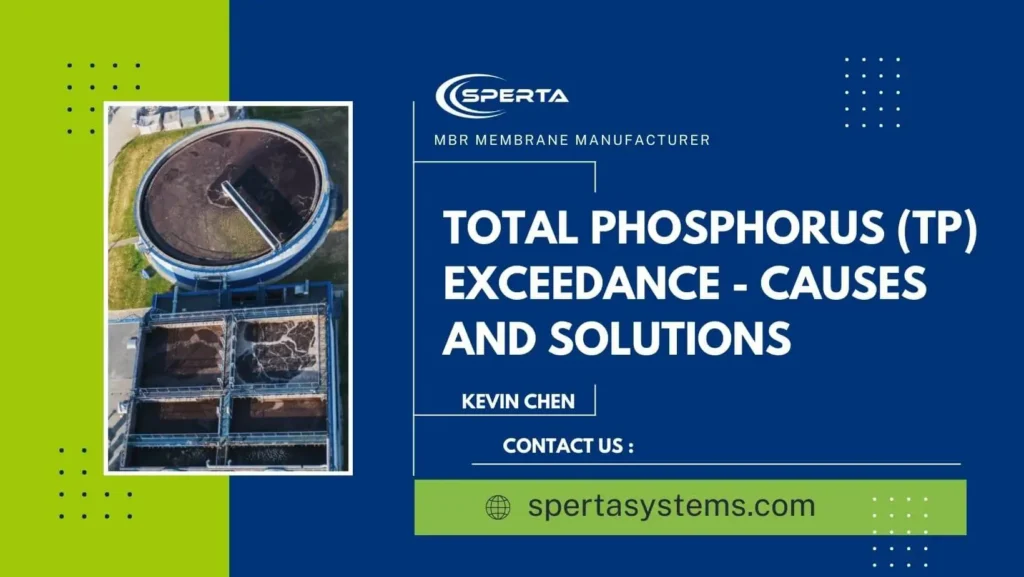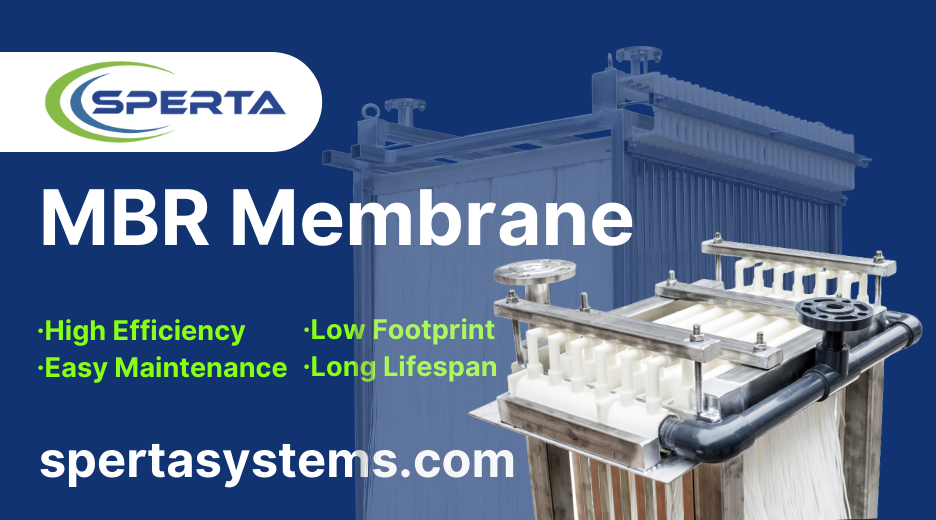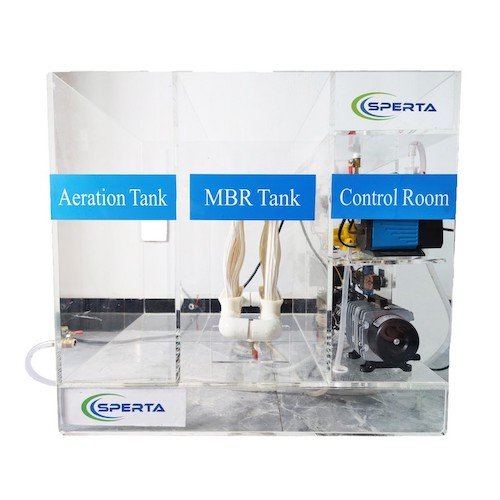Denitrification and phosphorus removal processes are increasingly common in wastewater treatment. However, exceeding Total Phosphorus (TP) levels in the treated water often brings challenges during operational practice. Therefore, understanding and controlling key parameters of the denitrification removal processes can ensure the system’s smooth operation and compliance with effluent standards.
Sludge Load and Age
The anaerobic-aerobic biological phosphorus removal process operates as a high F/M and low SRT system. When the F/M ratio is high, and the SRT is low, the volume of residual sludge discharged is also higher. Therefore, under certain phosphorus content in the sludge, the more phosphorus removed, the better the phosphorus removal effect. For biological systems primarily aimed at phosphorus removal, the typical F/M ratio is 0.4 to 0.7 kgBOD/kgMLSS·d, with an SRT of 3.5 to 7 days. However, the SRT should not be too low; it must ensure the effective removal of BOD5.
BOD/TP Ratio
The BOD/TP ratio entering the anaerobic zone should be greater than 20 to ensure effective phosphorus removal. Since polyphosphate bacteria belong to the Acinetobacter genus, their physiological activity is weak, and they can only uptake the easily degradable part of organic matter. Therefore, the BOD5 content in the influent should be ensured to maintain the normal physiological metabolism of polyphosphate bacteria. However, many urban wastewater treatment plants face situations where the influent has a low carbon source and high concentrations of nitrogen and phosphorus, causing the BOD5/TP value to fail to meet the needs of biological phosphorus removal, thereby affecting the effectiveness of biological phosphorus removal.
Dissolved Oxygen
The anaerobic zone should maintain a strictly anaerobic state, with dissolved oxygen below 0.2 mg/L, allowing polyphosphate bacteria to release phosphorus, ensuring subsequent treatment effectiveness effectively. Meanwhile, the dissolved oxygen in the aerobic zone should be maintained above 2.0 mg/L for polyphosphate bacteria to effectively uptake phosphorus. Therefore, improper control of dissolved oxygen in the anaerobic and aerobic zones can significantly impact the effectiveness of biological phosphorus removal.
Recirculation Ratio and Hydraulic Retention Time
The recirculation ratio in the anaerobic-aerobic phosphorus removal system should be reasonable; a sufficient recirculation ratio should be maintained to prevent phosphorus release by polyphosphate bacteria in the secondary clarifier due to encountering an anaerobic environment. Under the premise of ensuring rapid sludge discharge, the recirculation ratio should be minimized to avoid shortening the actual retention time of sludge in the anaerobic zone, affecting phosphorus release. In the anaerobic-aerobic phosphorus removal system, if the sludge settling performance is good, a recirculation ratio within the 50 to 70% range can ensure rapid sludge discharge. The hydraulic retention time in the anaerobic zone is generally within the 1.5 to 2.0 hours range. Too short a retention time can neither ensure the effective release of phosphorus nor allow facultative acidogenic bacteria in the sludge to sufficiently break down large organic molecules in the wastewater into lower fatty acids for uptake by polyphosphate bacteria, thus affecting phosphorus release. The wastewater’s retention time in the aerobic zone is generally 4 to 6 hours, ensuring the full absorption of phosphorus.
pH
A low pH is conducive to the release of phosphorus. In contrast, a high pH is conducive to phosphorus absorption, and the phosphorus removal effect is a combination of phosphorus release and absorption. Therefore, in the biological phosphorus removal system, the pH of the mixed liquor should be controlled within the range of 6.5 to 8.0.
The above is the information about the causes and solutions of Total Phosphorus (TP) exceedance in wastewater treatment. If you still have related questions, please feel free to contact SPERTA.
Shanghai SPERTA Environmental Technology Co., Ltd. has specialized in producing water treatment products for many years. The company has its own MBR membrane technology, a complete technical team, and pre-sales and after-sales service. If you have any needs, please feel free to contact us.













